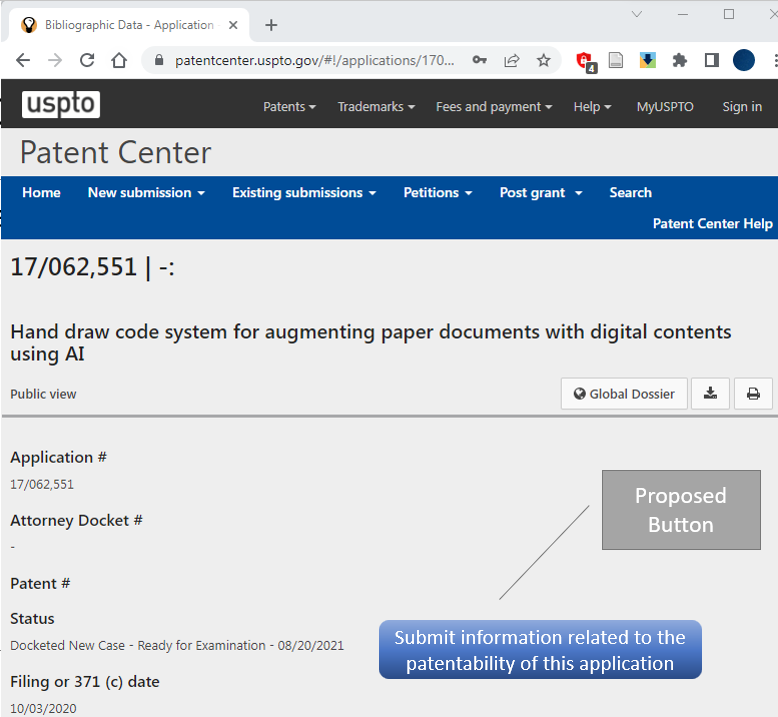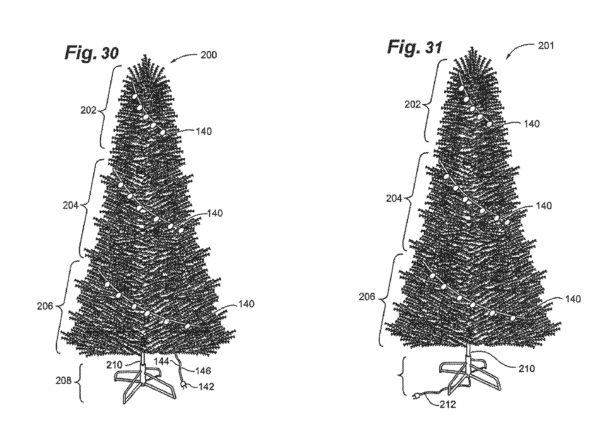All posts by Dennis Crouch
Examining the Specification
Guest Post: Old Designs, New Design Patents
By Sarah Burstein, Professor of Law at the University of Oklahoma College of Law
In December 2020, the USPTO put out a request for comments on “The Article of Manufacture Requirement.” (For prior PatentlyO coverage, see here.) Last week, at Design Day 2022, the USPTO announced that it had completed its summary of those comments. That summary is available here.
In the request for comments, the USPTO floated the idea of issuing design patents for what they are now calling “designs for projections, holograms, and virtual and augmented reality (PHVAR).” Presumably, this acronym is meant to suggest that these are new types of designs, uncontemplated by Congress when it passed statutes that—according to some—are in need of “modernization.”
But projected designs aren’t new.
As we explained in our law professor comments, designs for “magic lantern” projections go back at least as far as the 17th century. So the concept of projected designs was well-established by the time Congress passed the first design patent act in 1842—not to mention when it codified the Patent Act in 1952. Projected designs are simply not some new, unforeseen concept.
There may be new types of projection machines today, but this type of design is not new.
The USPTO suggests that the scope of design patentable subject matter “should be reevaluated in order to incentivize and protect innovation in new and emerging technologies.”
But it is not—and should not—be the role of the design patent system to incentivize or protect new machines. We have utility patents for that.
Furthermore, projected designs are not as the USPTO seems to suggest, unprotected today. Projected images qualify as pictorial, graphic, or audiovisual works that are already protected—costlessly and immediately upon fixation—by copyright. It can’t be seriously suggested that Congress was unaware of projected designs when it passed the broad definitions of protectable subject matter in the Copyright Act of 1976. It’s clear from the definitions that one form of projected creativity, cinema, was very much on Congress’ mind. See, e.g., 17 U.S.C. § 102(a)(6) (providing protection for “motion pictures and other audiovisual works.”).
Again, the type of projector may be new, but the type of work is not.
So why push for design patents when copyright is already available? There may be some who just want to accrue as many belts and suspenders as their IP budgets will allow. But that alone is not a good enough reason to expand design patentable subject matter.
It may be that, for at least some potential applicants, the goal is to avoid the requirements of copyright law. In Feist v. Rural, the Supreme Court held that a work must have “minimal creativity” to be protected. Thus, to gain copyright protection, a work must “possess some creative spark, ‘no matter how crude, humble or obvious’ it might be.” This is, according to the Supreme Court, a requirement of the Progress Clause.
Minimal creativity is a low bar. Yet the USPTO has granted numerous design patents for designs that fall below it—especially in the context of computer-generated designs. In theory, novelty and nonobviousness could be a higher bar but, in practice, that is not the case.
So let’s all be clear:
- These are not new types of designs.
- They’re not unprotected—unless they fail to meet the low constitutional threshold set in Feist.
For more on why § 171 shouldn’t be “reinterpreted” to cover projected designs, see: https://www.regulations.gov/comment/PTO-C-2020-0068-0009



